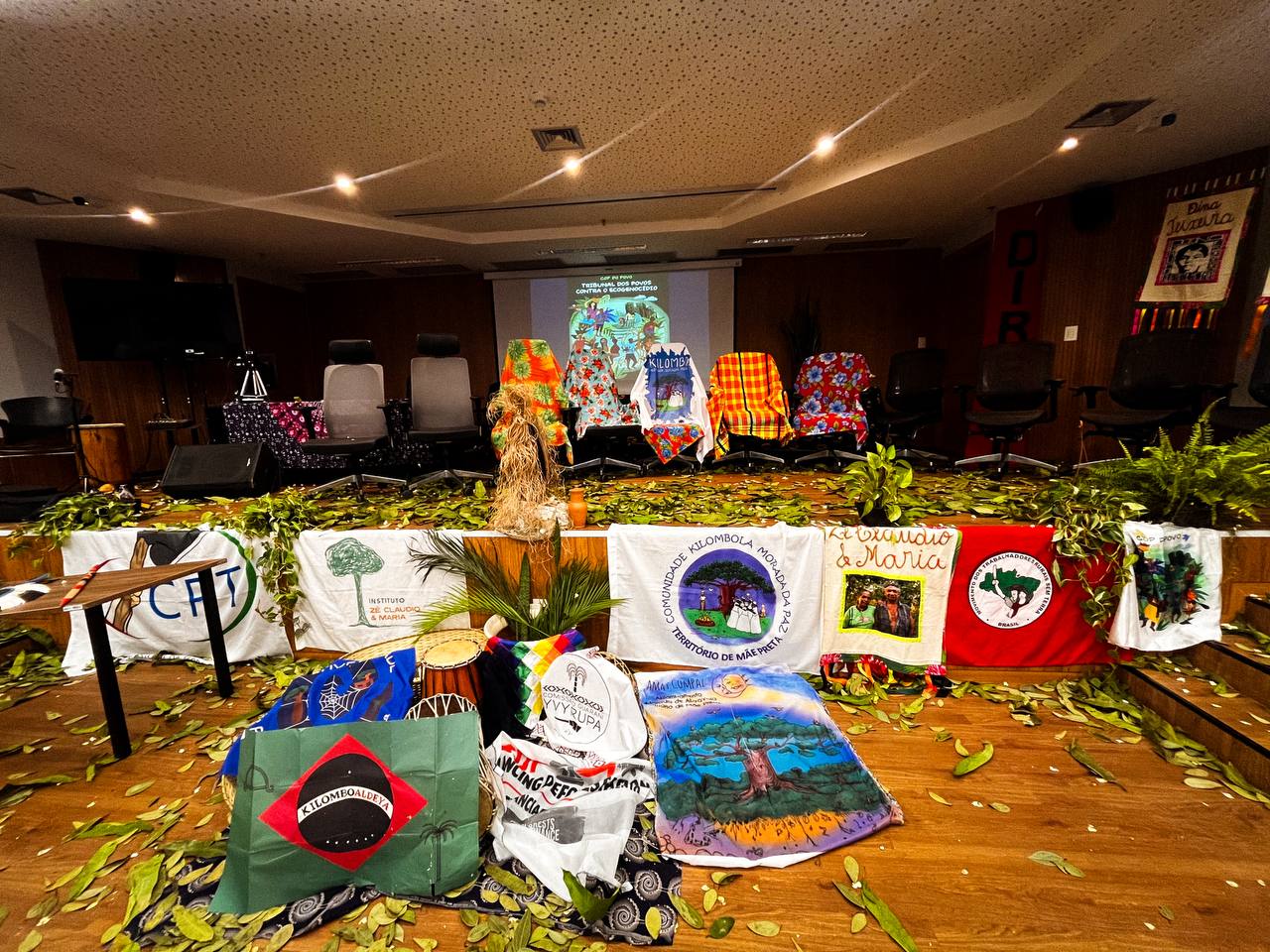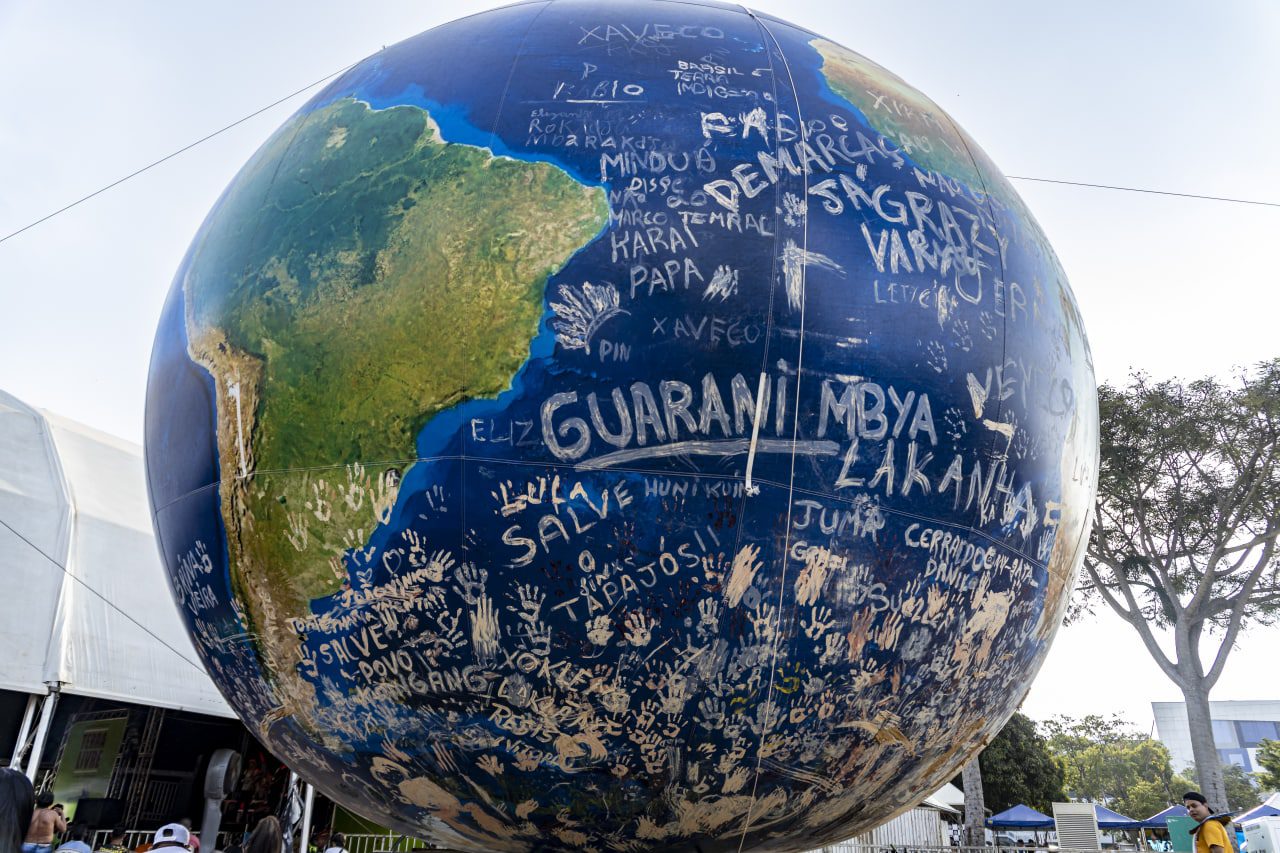Littoral forests: an issue forgotten by COP26
Segundo o observatório do Clima, o Brasil já perdeu mais de 20% das áreas de mangues no Brasil
Leonardo Medeiros de Souza, para a Cobertura Colaborativa NINJA COP26
The goal of reducing deforestation until 2030 was the focus of several meetings on the second day of the World Climate Conference, in Glasgow. In all, more than 100 countries, representing 85% of the planet’s forests, signed the Glasgow Leaders’ Declaration on Forests and Land Use. In another perspective of global protection, the Inter-American Development Bank (IDB) announced the creation of the first “Blue Plan” linked to the preservation of oceans and hydric health in Latin America and the Caribbean.
But littoral forests, such as restingas and mangroves, were not directly mentioned. Not to establish parameters for the protection of these areas is to reaffirm policies of local destruction. The Brazilian government, for example, acts with disdain in the conservation of littoral forests. In the past year, the Minister of the Environment, revoked two resolutions of the National Council of the Environment, the 302 and 303, opening the way for the destruction of these areas for real estate development.
So, it eliminated instruments to protect these strips of vegetation commonly found on dune areas, on beaches in the Northeast, for example. The argument was that the resolutions had been covered by laws that came later, such as the Forest Code.
While the mangroves serve as habitat for various animals and food for various species, the restingas are belts for dunes and certain species of flora and fauna, both act as natural barriers against flooding and the current rise in sea level. On this theme, the COP26 has already fallen into the famous “bla bla bla. According to the Climate observatory, we have already lost more than 20% of the mangrove areas in Brazil, the cradle of 70% of the fish, crustaceans, and mollusks that the population consumes and need the biome in some phase of their lives.
Translated by Fatima Ventura
A @MidiaNinja e a @CasaNinjaAmazonia realizam cobertura especial da COP26. Acompanhe a tag #ninjanacop nas redes!




